Anne Verhallen on the Role of Artists in the Current Crisis

The Director of the Fine Art Division of Creative Exchange Agency and co-founder of Art at a Time Like This shares her thoughts on the role of art in the current crisis and AATLT’s new public exhibition on billboards across the five boroughs of New York City.
When COVID-19 hit New York in March, forcing museums to shut their doors, Anne Verhallen knew she had to do something. The artist agent, curator, and writer co-founded Art at a Time Like This, a non-profit whose goal is to provide an art-focused platform for the free exchange of ideas during a time of crisis.
Along with New York art critic and curator Barbara Pollack, Verhallen is paving the future to help others in the art world meet the current moment, both in terms of the COVID-19 crisis and the social justice movement. The non-profit hopes to generate intergenerational, cross-cultural, and global conversation on its platform, while keeping artists and creatives at the center of curatorial practices.
We spoke to Verhallen about the influence of artists today and the non-profit’s upcoming public exhibition in partnership with Save Art Space, “Ministry of Truth: 1984-2020,” which features art on 20 billboards across the five boroughs of New York City. Launching next week just in time for the election, the artworks comment on the current state of U.S. politics, facilitating dialogue and conversation about social and political issues around the world to inspire solutions and new leadership.
The exhibition’s title, “Ministry of Truth: 1984/2020,” is a reference to George Orwell’s dystopian novel as artists feel compelled to address the lies, fake news, trolling and propaganda in today’s political rhetoric. Fifty years ago, Orwell predicted a Ministry of Truth announcing WAR IS PEACE, FREEDOM IS SLAVERY and IGNORANCE IS STRENGTH, all of which are horrifyingly relevant in 2020.
Ten of the billboards were curated by the founders themselves, and ten were chosen through an open call judged by guest curators, including: Carmen Hermo (Brooklyn Museum), Sophia Marisa Lucas (Queens Museum), Larry Ossei-Mensah (ArtNoir), and Jerome LaMaar (Bronx Museum).
Participating artists for the billboard project include: Abigail DeVille, Deborah Kass, Marilyn Minter, Dread Scott, Shirin Neshat, The Gorilla Girls, and more.
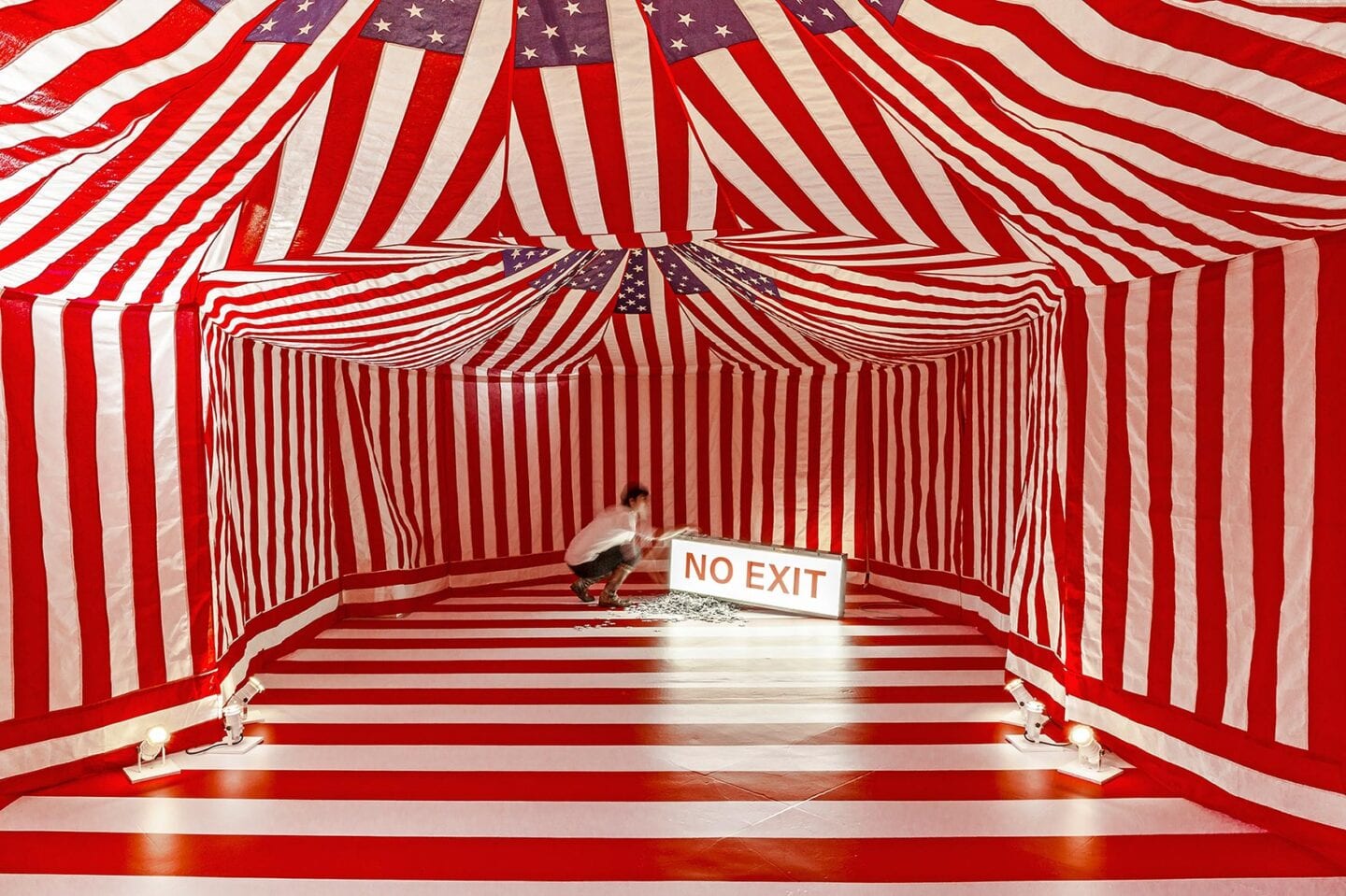
“The art world has been rightly criticized in the past few years for its politics, racism, and the systems that are in place. I think as a non-profit you need to constantly think of your intent and your process, keeping an open and honest dialogue with your artists and collaborators.”
Tell us about the origins of Art at a Time Like This. What inspired you?
We founded Art at a Time Like This on March 17, right at the start of the COVID-19 lockdown in New York City. We felt there was a need for a platform for artists and creatives to respond to social and political crises, specifically in a non-profit online context. The platform and our programming grew organically very quickly. The first online exhibit accumulated over 150,000 viewers in over 100 countries! The response was overwhelming and heartwarming.
I have always seen creatives and artists as leaders of our society. Innovation and growth does not exist without creativity and imagination. We have been in a crisis much longer than 2020, so in order to create change we need to look up to artists to help visualize our future.
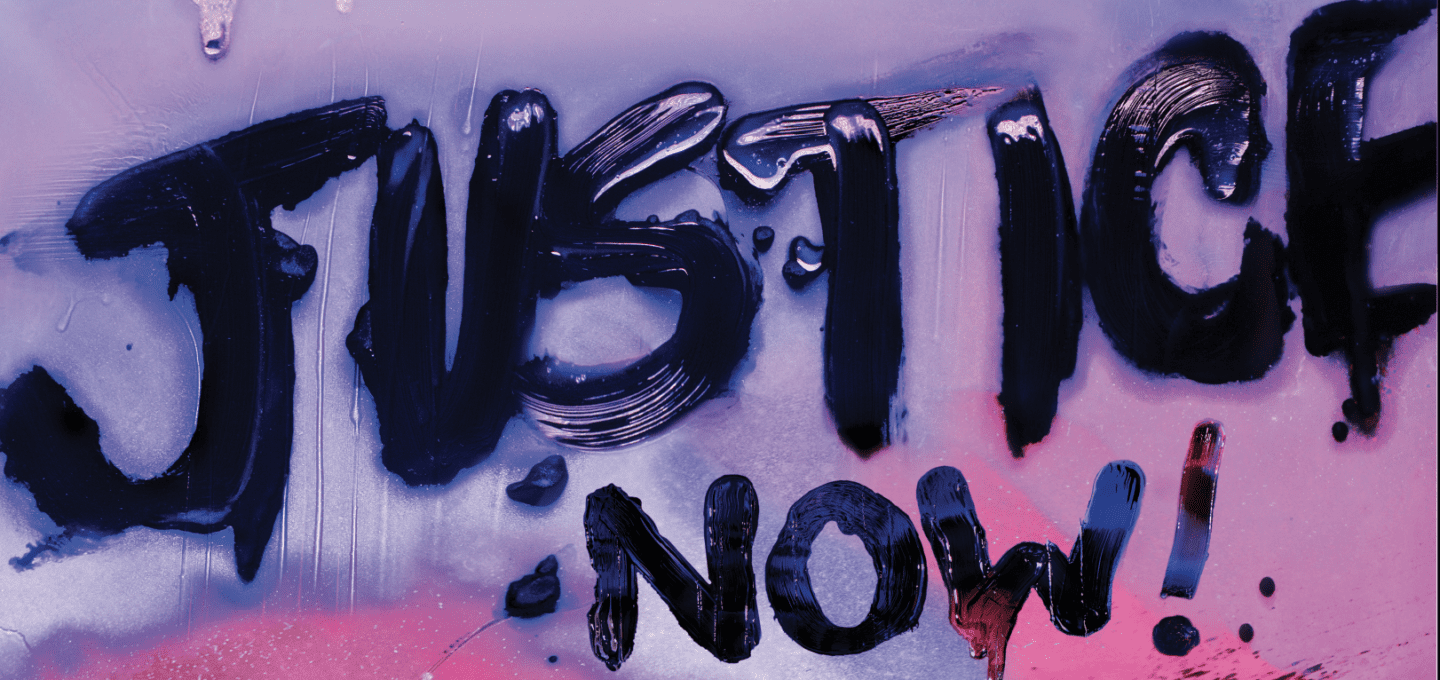
You have a lot of really prominent artists on the platform, as well. What was the process of getting them involved from the start?
I am extremely grateful for every artist we have worked with, who has shared their perspective with us through their work. All of the first 20 artists we asked to participate prior to our launch said, “Yes,” including Ai Weiwei, who premiered a series of photographs shot in hospitals in Wuhan, China earlier in the year on the website. A lot of artists have reached out to us, and it has been growing very organically.
Our inaugural exhibition, “How Can You Think of Art at a Time Like This?” presented an artist a day, every day for the first three months after our launch. After the launch with an incredible line-up, we made a serious effort to work with artists from around the world, from different communities, and in different stages in their careers. In order to paint a complete picture, inclusivity is key.
We decided to give full creativity to guest curators to take over the online space, bringing crucial artwork and conversation to the forefront. For example, Seph Rodney brought nine artists together for an online show, “Building a Better Monument,” opening a dialogue around the responsibility of monuments and what a more inclusive notion of a monument could look like.
Currently, Jesse Krimes curated six artists for a show, “Thinking of a Place,” to speak about mass incarceration in the United States. And in October, we have our first public art exhibition. It involves 20 billboards across New York City, which is going to be super exciting.
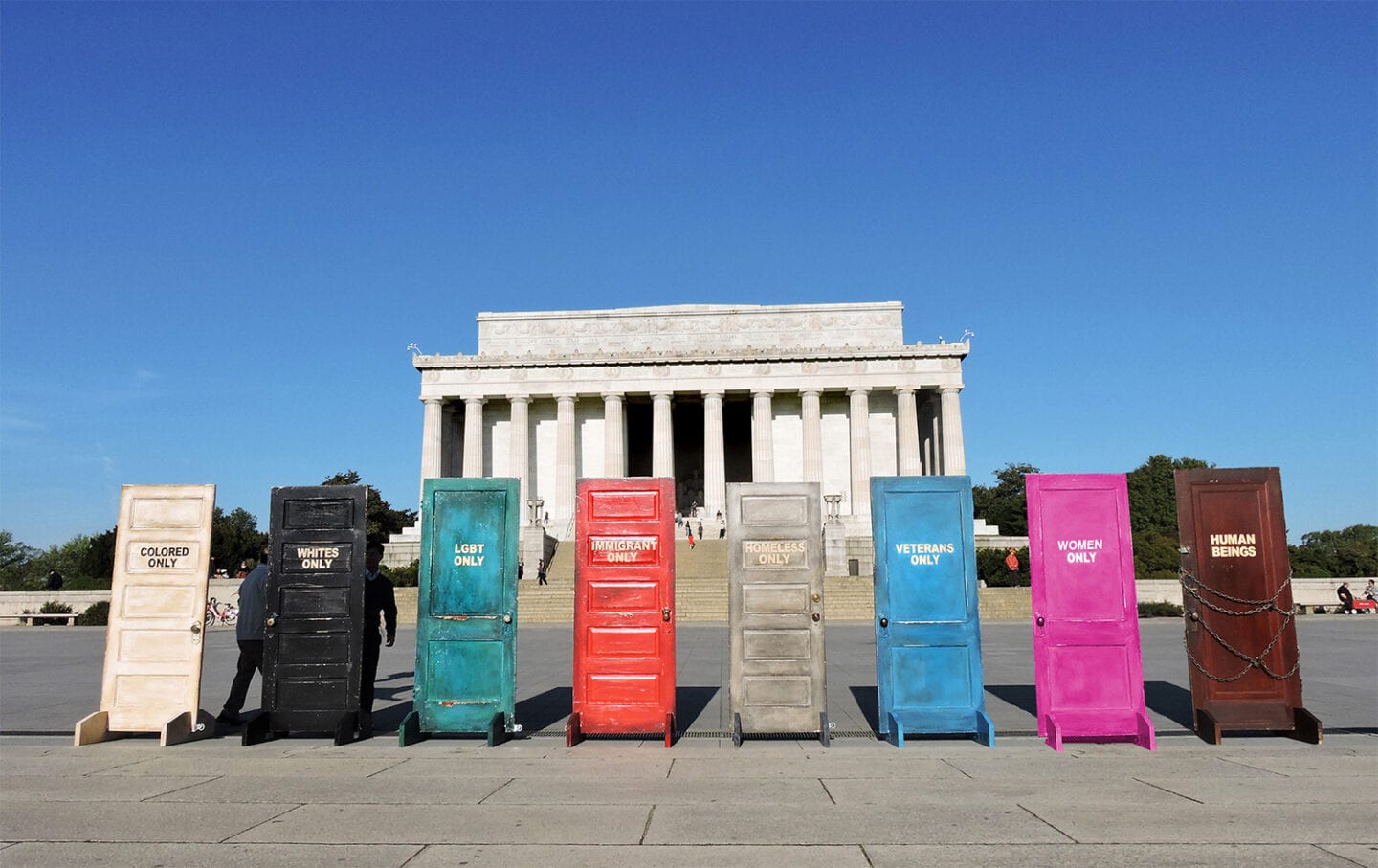
Explain how this first public art exhibition came about.
I think we can all agree that our way of interacting and our way of consuming information and art has changed. Not only did we develop a new relationship with the online space, but also with the outdoor, public space. For months, we lived solely either behind our computers or outside in the street, going for walks or sitting on park benches. Because we want to create space with an “open door” policy to see artwork, creating a public art exhibition seemed obvious.
The show, which has 20 artists and over 20 billboards, is called “Ministry of Truth: 1984/2020.” It was conceived in collaboration with Save Art Space, a non-profit that turns advertising space into art. It’s curated around the US political state leading up to the election. Fifty percent of the artwork is curated from an open call. The open call received well over 1,200 submissions—all incredible artworks! Seeing all these works together really felt like an outpouring of people’s hearts.
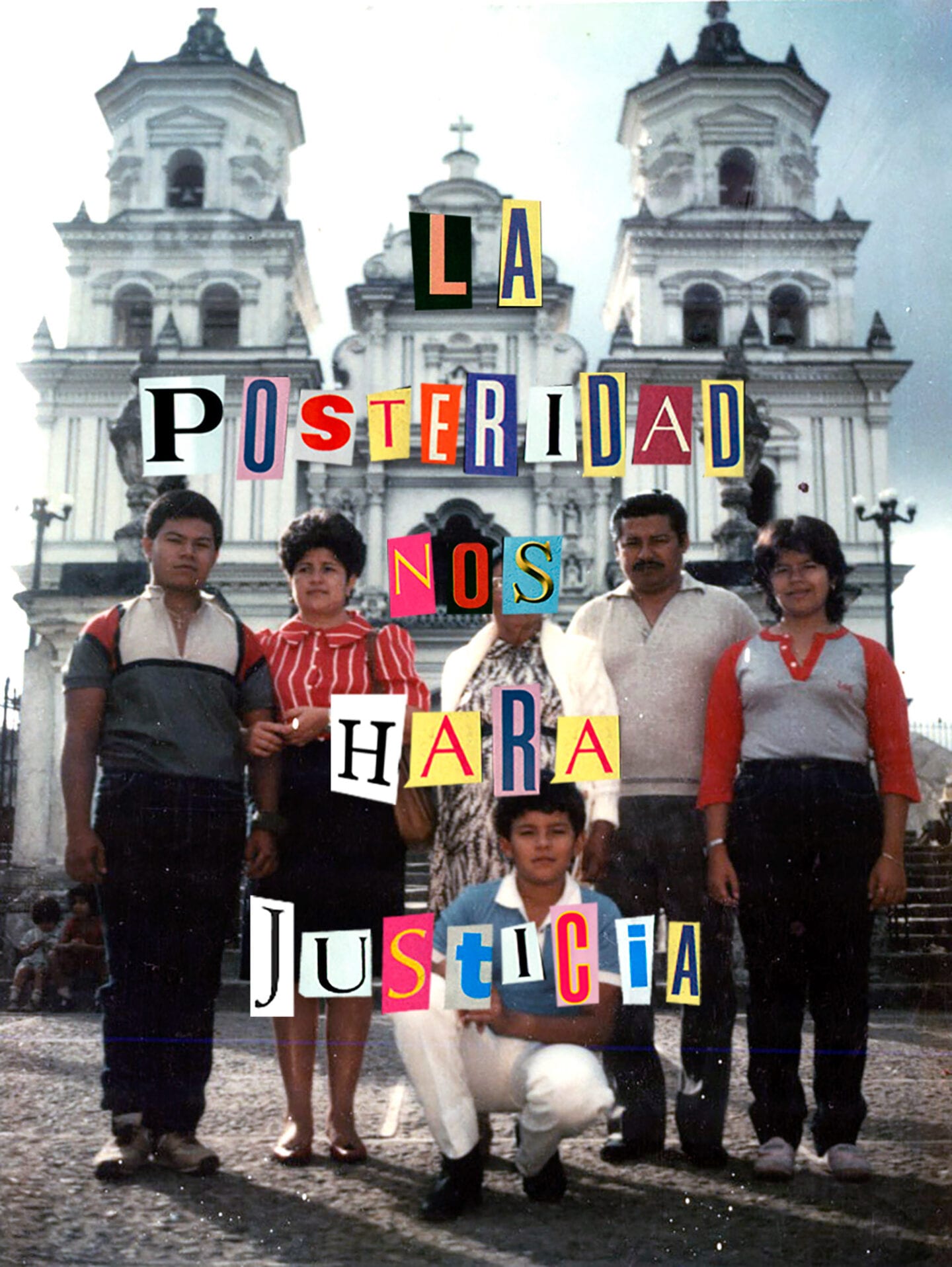
What do you think is the responsibility of non-profits right now?
The art world has been rightly criticized in the past few years for its politics, racism, and the systems that are in place. I think as a non-profit you need to constantly think of your intent and your process, keeping an open and honest dialogue with your artists and collaborators. What do you want to contribute to your community? What do you want to bring forward? How is the artist involved in your presentation of their work? For us, this means listening to our community and the artists and letting them lead the space.
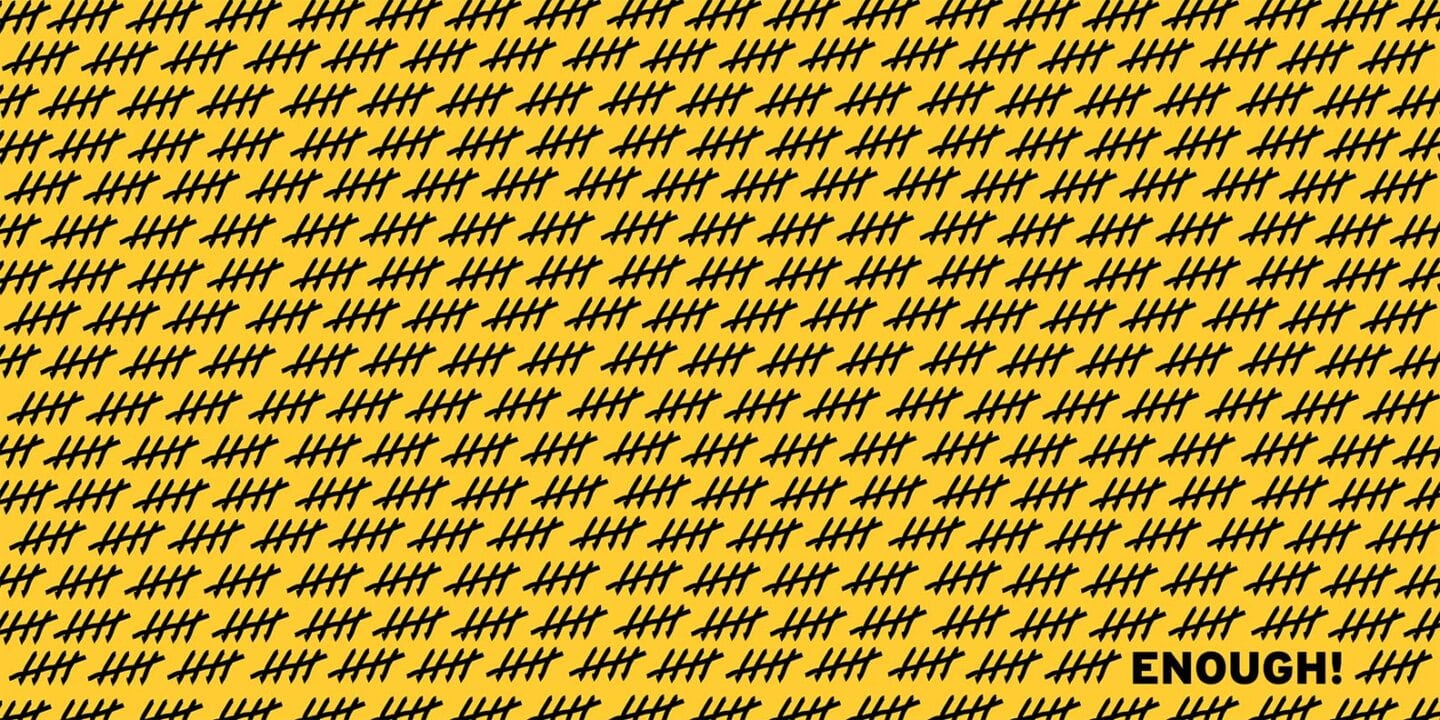
You’ve mentioned how you saw these open calls and a lot of them really touched you. What are some of the other highlights you’ve had since creating this non-profit?
The open call was a definite highlight! I also very much enjoyed our online events and panel discussions. We have gotten to know so many incredibly smart and inspiring people through the internet. We spoke with Jasmine Wahi, social justice curator at the Bronx Museum, and Laurie Simmons about their work around abortion rights. Also Dread Scott, who very early on pointed out inequalities in healthcare with his work, “Redistribute Health.” Jerry Saltz spoke about the importance of being an artist and his new book, “How To Become An Artist.”

How do you believe art affects society?
As I mentioned earlier, I think art can help us visualize our future. Art can also visualize how communities feel when we are left without words. As our guest curator Jesse Krimes stated, “In order to envision a path forward, we must first sit with and acknowledge past and present truths.”
I think art has changed societies throughout history! Today, at this time of complete disruption or people and behavior, we have an opportunity here to fill in the blanks of what our future should look like.
‘Ministry of Truth: 1984-2020’ will be placed throughout the five boroughs of New York City. Art at a Time Like This will release a map that pinpoints all the locations.


